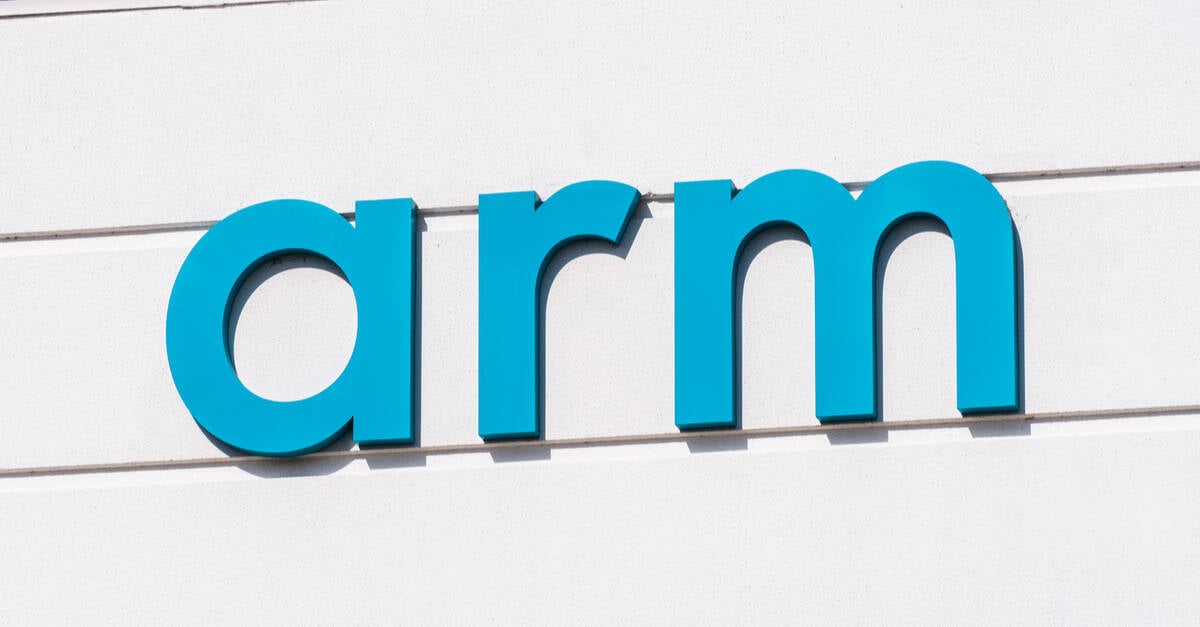Hands Up Who Hasn't Made An Offer To Buy Some Part Of Intel

Comment Brit chip designer Arm is reportedly the latest to make an attempted play for Intel's product division.
Or, at least that's what unnamed sources have told Bloomberg, which claims that Arm's supposed offer was rebuffed by Intel execs who said the division isn't for sale. The Softbank-owned outfit, apparently, wasn't interested at all in Intel's Foundry division.
The report comes exactly a week after the Wall Street Journal reported that Qualcomm had made similar overtures to the struggling Xeon maker, which is in the process of laying off some 16,000 workers following a disastrous second quarter marred by $1.6 billion in revenue losses.
Arm and Intel declined to comment.
If you're scratching your head wondering what Arm could possibly want with Intel, we're right there with you.
Obviously, such a deal would face incredible regulatory scrutiny, but from a purely philosophical standpoint, Intel and Arm's business models don't actually share much in common. Intel has traditionally designed and manufactured its own chips primarily on the x86-64 instruction set architecture (ISA) co-developed and cross-licensed with AMD. These parts are sold through various channel partners under familiar brands like Xeon and Core.
In contrast, Arm is an IP house. It's the driving force behind the competing Arm ISA, and it develops various IP blocks ranging from individual cores to pretty much whole processor designs. Arm's business revolves around licensing these architecture and IP holdings to fabless chip designers like Apple, Qualcomm, Ampere, and others.
To reiterate, Arm does not make chips; its partners do, which makes the idea of acquiring a company like Intel, whose intellectual property is architecturally antithetical to its own, all the more implausible.
One could make the argument that Arm may see value in licensing the x86 instruction set more broadly — the only problem is it probably couldn't, even if it wanted to.
That's because of an x86/x86-64 cross-licensing agreement reached by Intel and AMD back in 2009. That agreement is subject to termination if a change of control happens at either company. That means Arm, Qualcomm, or anyone else looking to buy out Intel will effectively need AMD to give its blessing.
Even if Arm did reach an agreement with AMD on continued use of x86/x86-64, the question remains: Why would the British design house want to license an architecture it has spent more than three decades trying to displace?
- Oracle owns nearly a third of Arm chip house Ampere, could take control in 2027
- Intel thinks it's got a final microcode fix for recalcitrant Raptor Lake processors
- With Granite Rapids, Intel is back to trading blows with AMD
- Intel has officially entered the grin and bear it phase of its recovery
From a financial standpoint, an acquisition of Intel product wings by Arm is on even shakier ground. Sure, Arm's market cap exceeds Intel's by a significant margin at $152 billion vs $101 billion. But, as wild as that fact is, that's about all Arm has going for it, in terms of acquiring a target like Chipzilla.
Separate Intel's product division from the rest of the business and we're still talking about a company that utterly dwarfs Arm. In the second quarter of 2024 alone, Intel products drove $11.8 billion in revenues and had an operating income of $2.9 billion.
Remember, the whole reason everyone is up in arms about Intel's financials has little to do with its products and everything to do with its foundry unit being a money pit that's already racked up $5.3 billion in operating losses in the first half of 2024.
Arm, by comparison, netted $3.23 billion in revenues and $111 million in operating income — $306 million net income — in the entirety of its 2024 fiscal year. If that weren't enough, it's not like Arm is sitting on a fortune either. At the end of its Q1 FY25, the chip designer had just $1.46 billion of cash on hand.
Short of majority owner SoftBank reaching into its admittedly deep pockets, it's hard to see how Arm could possibly afford to buy Intel's products division even if the x86 giant were open to sale. ®
From Chip War To Cloud War: The Next Frontier In Global Tech Competition
The global chip war, characterized by intense competition among nations and corporations for supremacy in semiconductor ... Read more
The High Stakes Of Tech Regulation: Security Risks And Market Dynamics
The influence of tech giants in the global economy continues to grow, raising crucial questions about how to balance sec... Read more
The Tyranny Of Instagram Interiors: Why It's Time To Break Free From Algorithm-Driven Aesthetics
Instagram has become a dominant force in shaping interior design trends, offering a seemingly endless stream of inspirat... Read more
The Data Crunch In AI: Strategies For Sustainability
Exploring solutions to the imminent exhaustion of internet data for AI training.As the artificial intelligence (AI) indu... Read more
Google Abandons Four-Year Effort To Remove Cookies From Chrome Browser
After four years of dedicated effort, Google has decided to abandon its plan to remove third-party cookies from its Chro... Read more
LinkedIn Embraces AI And Gamification To Drive User Engagement And Revenue
In an effort to tackle slowing revenue growth and enhance user engagement, LinkedIn is turning to artificial intelligenc... Read more

